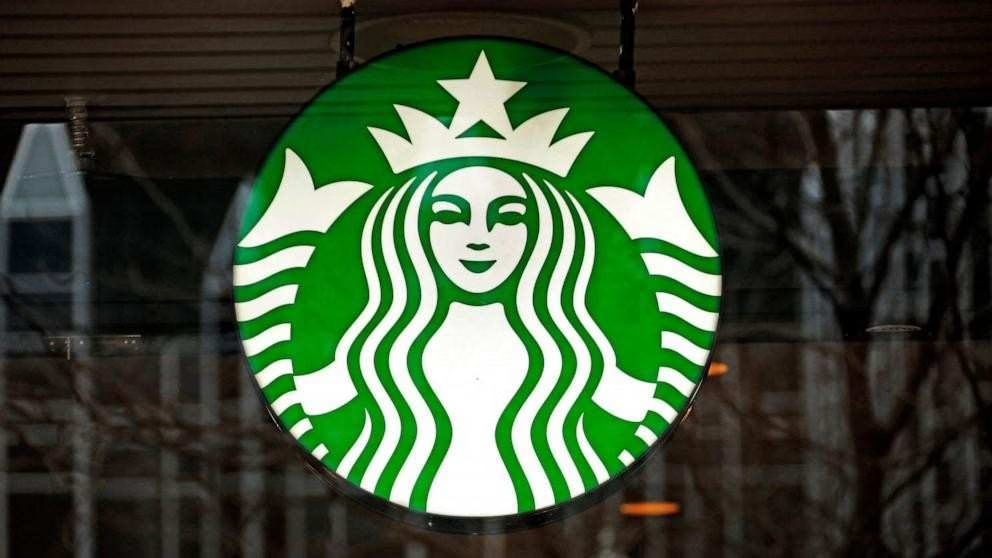
Starbucks Reverses Open-Door Policy: Starbucks has officially ended its open-door policy, which previously allowed non-paying visitors to use its facilities. As of January 13, 2025, customers must make a purchase to stay in the store or access restrooms. This major change is part of a new code of conduct aimed at enhancing customer experience while addressing safety and loitering concerns.
Key Changes Under the New Policy
- Purchase Requirement: Customers must buy a product to remain in the store or use the restroom facilities.
- Code of Conduct Enforcement: The policy bans inappropriate behaviors, including discrimination, harassment, drug use, smoking, and panhandling.
- Employee Training: Starbucks employees will undergo specialized training to enforce the new rules fairly and effectively.
These updates are being implemented across all company-owned Starbucks locations in North America.
Why Starbucks Reversed Its Policy
This decision marks a significant departure from the open-door policy introduced in 2018 after a racially charged incident at a Philadelphia Starbucks. In that case, two Black men were arrested while waiting for a friend without making a purchase, sparking widespread criticism and leading to the open-door policy’s introduction.
The new CEO, Brian Niccol, emphasized that the changes aim to create a more welcoming environment for paying customers while addressing ongoing challenges such as loitering and safety concerns.
However, critics warn the policy could inadvertently promote bias and exclusion, which may impact Starbucks’ reputation as a community-oriented coffeehouse.
Broader Implications for Starbucks
While Starbucks aims to focus on enhancing the experience for its paying clientele, this move has sparked debates among experts and customers. The company’s efforts to maintain inclusivity while ensuring operational efficiency will likely remain under scrutiny.
With this policy shift, Starbucks aims to prioritize paying customers while attempting to restore its image as a community coffeehouse. However, the implications of this decision are still being debated among experts and consumers alike.
sources:
